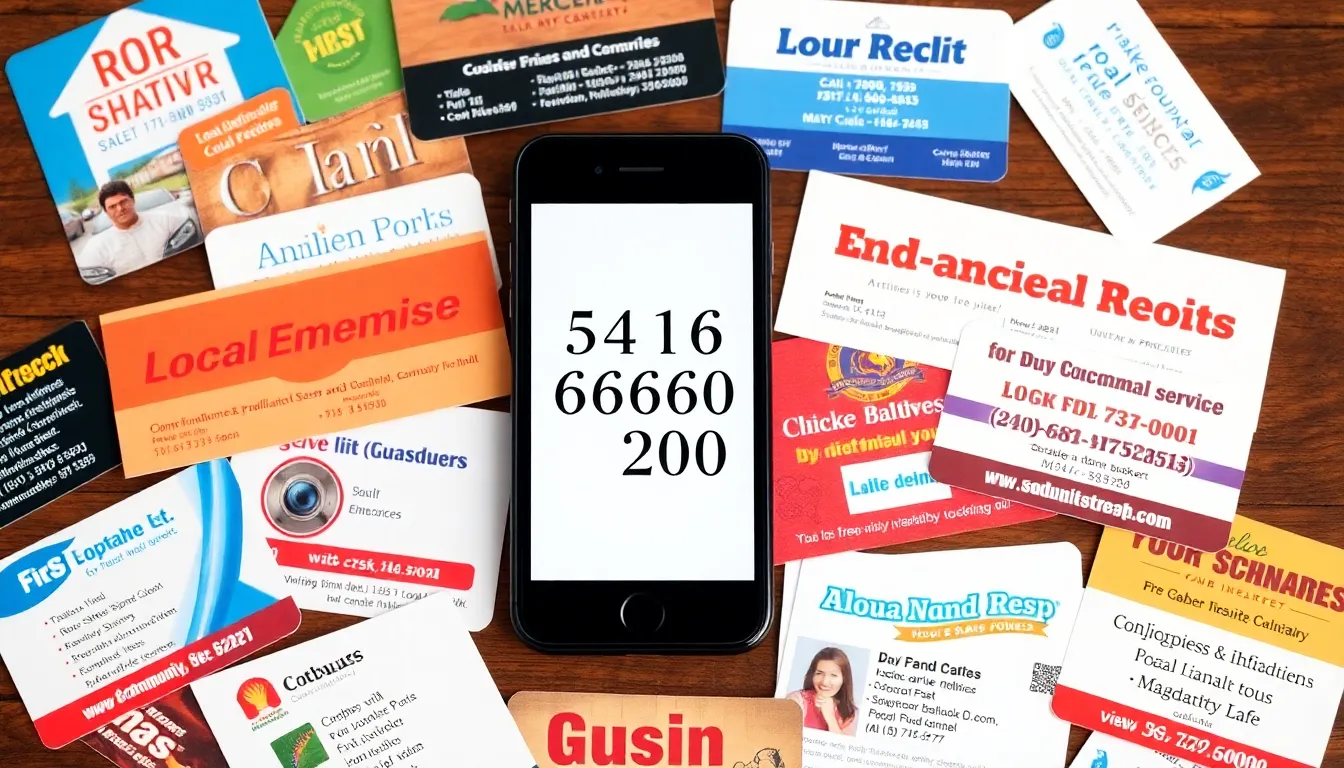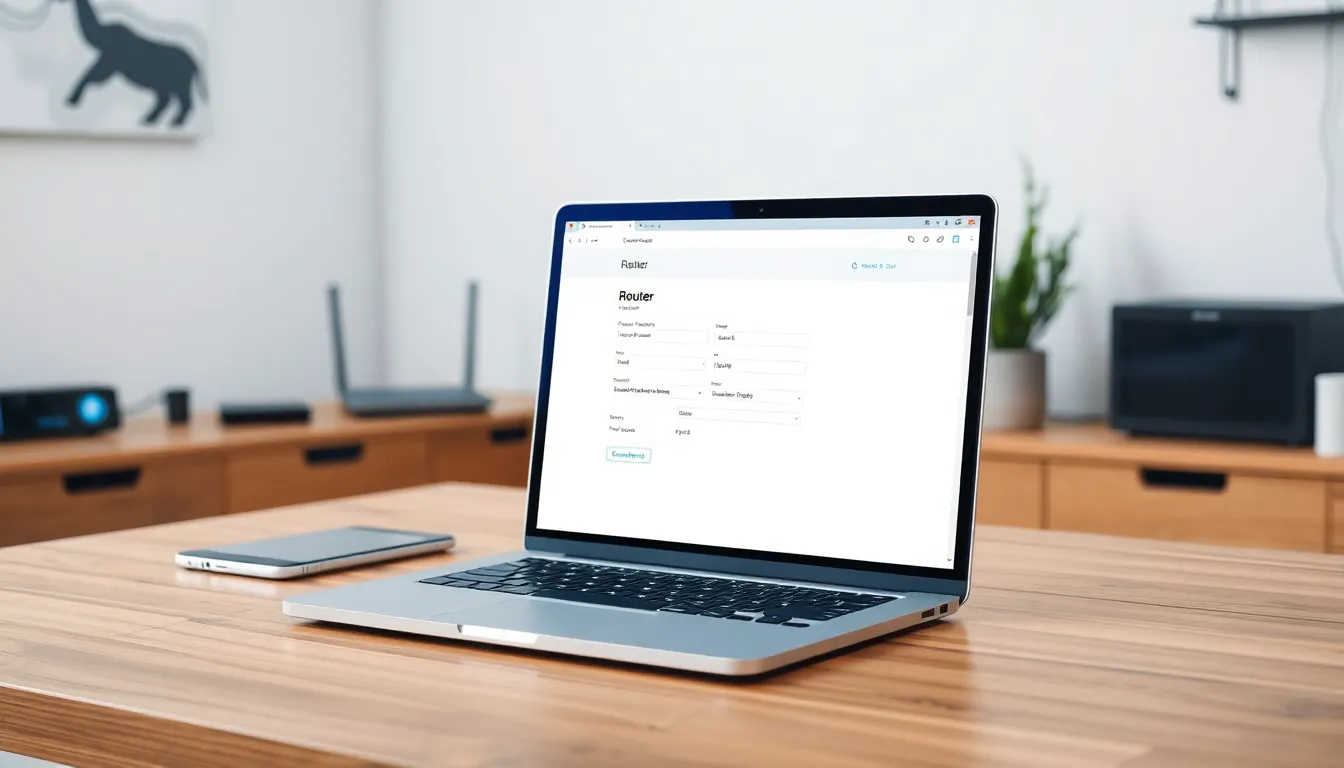Table of Contents
ToggleIn today’s fast-paced world, carrying cash feels like lugging around a dinosaur. Enter mobile payment apps, the sleek, wallet-sized superheroes ready to save the day. With just a tap, he can pay for that artisanal avocado toast without fumbling for change or worrying about his wallet’s weight.
From peer-to-peer payment platforms to digital wallets, these apps are transforming how people handle transactions. They’re not just convenient; they’re also a little bit magical. Imagine sending money to a friend faster than he can say “split the bill.” With various options available, each app brings its unique flair to the table. So, let’s dive into the exciting realm of mobile payment apps and discover which one might just become his new best friend (sorry, cash).
Overview of Mobile Payment Apps
Mobile payment apps transform how individuals conduct transactions. Users leverage these platforms for quick, secure payments, enhancing everyday financial interactions. Various applications cater to different needs, with each providing unique features and benefits.
Digital wallets such as PayPal and Apple Pay enable users to store debit and credit card information securely. These wallets simplify purchases both online and in physical stores, streamlining the payment process. Users enjoy the added convenience of contactless transactions through Near Field Communication (NFC) technology.
P2P payment apps like Venmo and Cash App focus on peer-to-peer transactions. Friends split bills or send money easily, promoting smooth exchanges in social settings. The social features of these apps often allow users to share payment activities with connections, creating a sense of community.
E-commerce solutions, such as Shopify Payments and Square, cater to businesses. These platforms provide integrated payment processing for online sales, supporting various payment methods. Merchants benefit from robust analytics and transaction tracking, optimizing their business operations.
Subscription-based services like Google Play and Apple Store facilitate recurring payments. Users can manage subscriptions for music, streaming, and other digital services conveniently. These apps enhance customer experience by automating payment processes.
Mobile payment apps differ significantly in their functionalities and user experiences. Exploring these options empowers users to select solutions tailored to their preferences, whether they seek convenience, security, or specific features. Each application serves a distinct purpose in the evolving landscape of mobile finance.
Types of Mobile Payment Apps

Mobile payment apps come in various forms, each serving distinct transactional needs. Users benefit from understanding these categories to select the most suitable app for their financial activities.
Digital Wallets
Digital wallets, such as PayPal and Apple Pay, enable secure storage of payment information. Users keep debit and credit card details in one place, facilitating quick and safe transactions. This functionality streamlines both online and offline purchases, allowing for contactless payments at compatible point-of-sale systems. Enhanced security features protect user data, making these wallets a preferred choice for many.
Peer-to-Peer Payment Apps
Peer-to-peer payment apps like Venmo and Cash App specialize in seamless money transfers between users. Friends easily split bills or send money without lengthy processes or fees. Social features enhance the user experience, enabling individuals to share payment notes or emojis, making transactions more engaging. Instant transfers provide accessibility in everyday situations, further popularizing these apps.
Mobile Banking Apps
Mobile banking apps allow users to manage their finances directly from their smartphones. Through these apps, users can access account balances, conduct transactions, and even deposit checks using their device’s camera. Institutions such as Bank of America and Chase offer dedicated applications that provide full banking functionalities. Security measures in these apps are robust, ensuring that sensitive data remains protected.
Contactless Payment Apps
Contactless payment apps leverage NFC technology, allowing users to complete transactions with a tap. Google Pay and Samsung Pay exemplify this category, offering convenience for users on the go. Users simply hold their phones near compatible terminals to make purchases, eliminating the need for cash or cards. The speed of transactions enhances the shopping experience, contributing to the growing preference for these apps.
Features and Benefits of Each Type
Mobile payment apps offer a variety of features that cater to different user needs and enhance the overall transaction experience. Understanding these features helps users make informed choices.
Security Features
Security remains a top priority for mobile payment apps. Encryption technology protects sensitive data like card information. Biometric authentication methods, such as fingerprint or facial recognition, further secure transactions. Additionally, fraud detection algorithms monitor unusual activities in real time, adding another layer of protection. Users benefit from transaction alerts, informing them of any activity associated with their accounts. Regular software updates enhance security by mitigating vulnerabilities. Overall, robust security features build user trust and confidence in digital transactions.
User Experience
User experience varies across mobile payment apps, focusing on simplicity and accessibility. Intuitive interfaces allow users to navigate apps with ease. Quick payment processing speeds transactions, reducing wait times at checkout. Customization options enable personalization, letting users select preferred payment methods or adjust settings. Support for multiple currencies benefits travelers or those engaging in international transactions. Social features in peer-to-peer apps foster connectivity, allowing users to share payments and messages seamlessly. Excellent customer support resolves issues promptly, enhancing overall satisfaction with the app.
Market Trends in Mobile Payment Apps
Increasing smartphone penetration contributes significantly to the growth of mobile payment apps. As of 2023, over 6.8 billion smartphone users worldwide facilitate this rise. Markets show that millennials and Gen Z users drive the adoption of mobile payments, valuing speed and convenience.
Innovations like advanced security measures enhance user trust and participation. Encryption technology, biometric authentication, and fraud detection systems are standard features. Developers prioritize creating secure environments to protect sensitive financial data, making users feel safer.
Adoption of contactless payments has surged, spurred by the COVID-19 pandemic. Statistics reveal that contactless transactions in retail increased by 40% in 2021, reflecting a shift in consumer behavior. Mobile wallets dominate the market, accounting for about 50% of all transactions in major regions.
Growth in e-commerce fuels the popularity of mobile payment apps. Businesses increasingly integrate payment solutions into their platforms, streamlining checkout processes. This shift allows retailers to cater to customer preferences and enhances the overall shopping experience.
Competition between established players and emerging startups shapes the mobile payment landscape. Companies like PayPal and Apple Pay continue to lead, while new entrants offer unique functionalities to attract users. Innovation and differentiation are vital for staying relevant in a crowded market.
Emerging trends include the incorporation of loyalty programs into mobile payment solutions. These rewards incentivize users to choose specific apps, fostering brand loyalty. As adoption rises, the potential for mobile payments to replace traditional methods becomes more apparent.
The landscape of mobile payment apps continues to evolve rapidly. With various options available users can easily find solutions that cater to their specific needs. Whether it’s the convenience of digital wallets the simplicity of peer-to-peer transfers or the robust features of mobile banking apps these tools are reshaping how transactions are conducted.
As technology advances and security measures strengthen the appeal of mobile payments will only grow. Staying informed about these options empowers users to make financial decisions that enhance their daily lives. Embracing mobile payment solutions opens doors to a more efficient and secure way to manage finances in an increasingly digital world.





